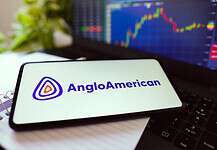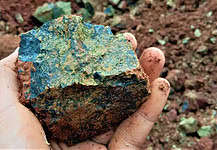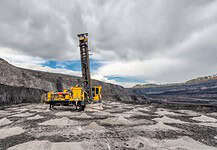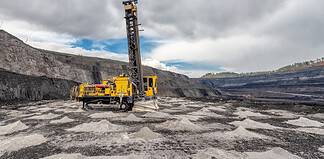Fortescue revs up for Extreme H motorsports series
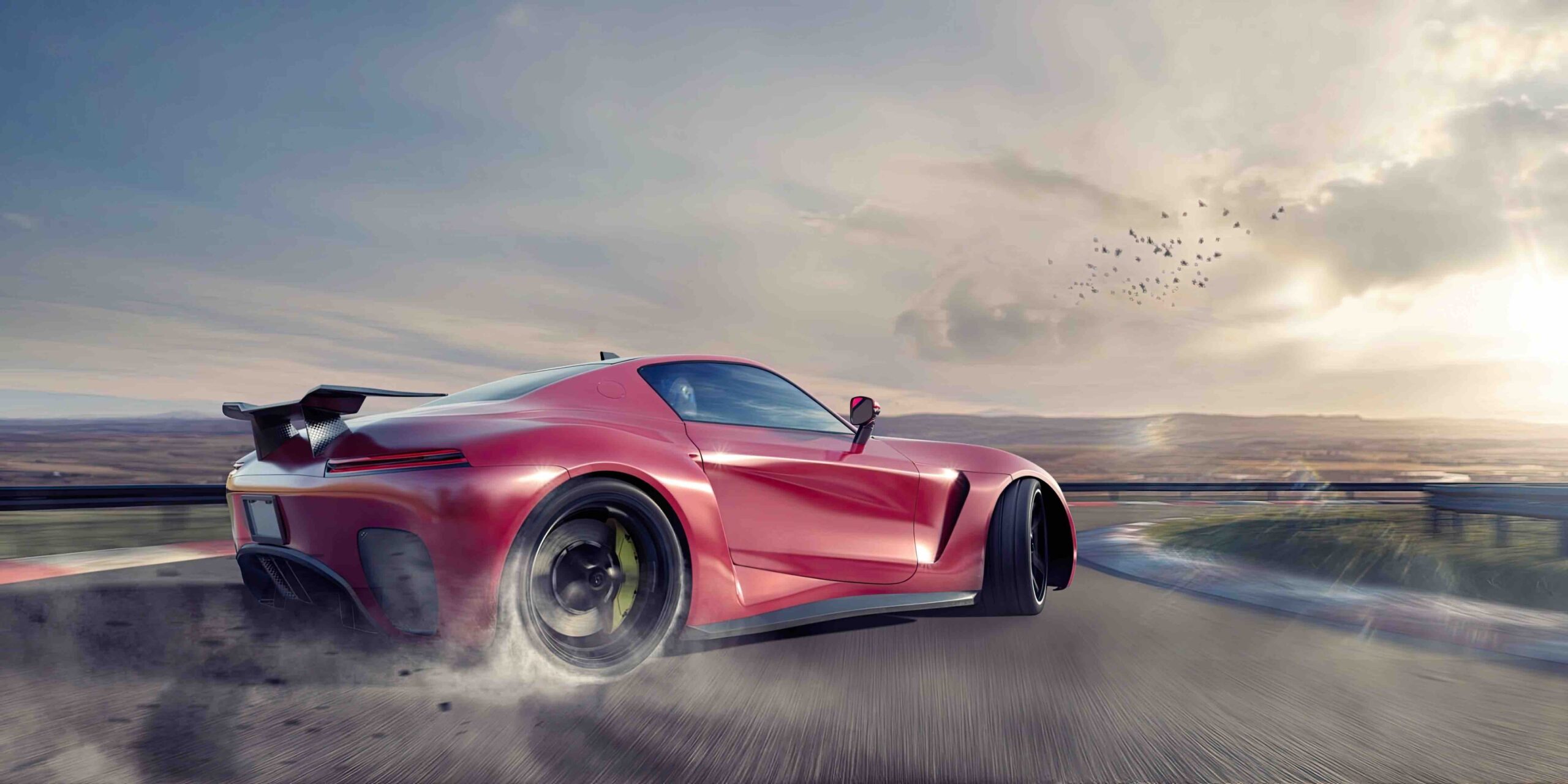
Fortescue (ASX: FMG) has opened a new state-of-the-art technical innovation centre in Kidlington, United Kingdom, to develop and produce batteries for the first generation of Extreme H, a new motorsports series beginning in February 2025.
The $36m (US$23m) site will focus on the technical development, testing and prototype production of batteries and zero emission powertrains for a wide range of applications, including motorsports, mining haul trucks, and other off-road and automotive applications.
Fortescue executive chairman and founder Dr Andrew Forrest says the new technical innovation centre in Kidlington will drive decarbonised motorsports and also lead the way to decarbonising heavy industry.
“Fortescue bought Britain’s best racing battery maker not only to help decarbonise our own operations, but to help other businesses to adopt zero emission technologies as well, and cement UK as a green technology and manufacturing leader,” he said.
Fortescue WAE is the battery provider for the Extreme E Series and the Extreme H car will use a similar powertrain used in Extreme E.
The chassis has been improved to address the safety requirements associated with the use of hydrogen.
The key differentiating factor in Extreme H will be that a hydrogen fuel cell combined with a smaller battery will replace the larger battery as the principal means of on-board energy storage (H2fuel/battery).
Fortescue WAE chief executive Judith Judson says this marks the latest milestone in the evolution of Fortescue WAE into a global zero emission technology solutions and manufacturing company.
“Fortescue and other companies need the battery and green technology solutions that will be manufactured here at Kidlington, to decarbonise their operations,” she said.
“The world can’t afford for businesses to wait, so we are showing them that moving to zero emission solutions and away from fossil fuels is not only possible, but can be profitable as well.
“The knowledge we have learned from racing is applied to everything we do, including our mining haul truck battery systems and other electric powertrains.
“It is what sets Fortescue apart.”
Among the first batteries produced at the Kidlington site will be those used to power Fortescue’s prototype 240t mining haul trucks in Australia.
The battery system, which is currently being tested onsite in the Pilbara, WA, is integral to Fortescue’s $9.8b (US$6.2b) decarbonisation strategy, by replacing its existing diesel-fuelled fleet with battery electric and green hydrogen powered haul trucks.
The Kidlington site is co-located on the Oxford Technology Park and will have the capacity to produce and test up to 500 prototype battery systems per year with a total production capacity of 50MWh/annum.
The facility will be home to 300 highly skilled workers, with up to 50 more jobs to be created across the next year, allowing Fortescue to expand electrification capability to support the growth of the business and the drive for green tech and zero emissions.
In the game for US Hydrogen Hub
In other news, the mining giant has been selected to begin award negotiations to develop an official federal Hydrogen Hub in the US.
This is part of the US Department of Energy Office of Clean Energy Demonstrations (OCED) development of the Pacifiic Northwest Hydrogen Hub, which is estimated to receive up to $1b in Bipartisan Law funding.
The selection also enables Fortescue to work in partnership to establish the Pacific Northwest Hydrogen Hub, which includes Fortescue’s proposed green hydrogen production facility in Centralia, WA.
Dr Forrest says the US is the place to be investing in renewable and green energy projects now.
“Federal funding like this, alongside other incentives in the Inflation Reduction Act, go a long way to helping reduce risk and accelerate the wide-spread production of green hydrogen,” he said.
“In turn this will catalyse substantial private sector investment, creating new good paying jobs and economic prosperity for Americans, particularly those in economically vulnerable communities in the Pacific Northwest.”
The OCED funding will support Fortescue’s participation in the Hydrogen Hub through the advancement of planning, detailed design, environmental permitting, and procurement of long-lead equipment.
Fortescue North America chief executive Andrew Vesey says this announcement is a historic development for the Pacific Northwest and its ambitious decarbonisation strategy.
“We look forward to continuing our participation in the Pacific Northwest Hydrogen Association as we work to accelerate the clean energy transition,” he said.
Fortescue’s project in Centralia, WA is planned to be sited on a remediated coal mine adjacent to Washington’s last coal-fired power plant, scheduled to retire permanently in 2025.
The proposed facility will produce green hydrogen at scale for use locally in the Pacific Northwest in heavy-duty transportation, grid reliability, maritime, industrial processes and other hard-to-abate sectors.
The project is currently in the design stage, with full permitting to follow.
Project construction is anticipated to start in 2026 and continue into 2028, subject to final investment by the Fortescue board.


